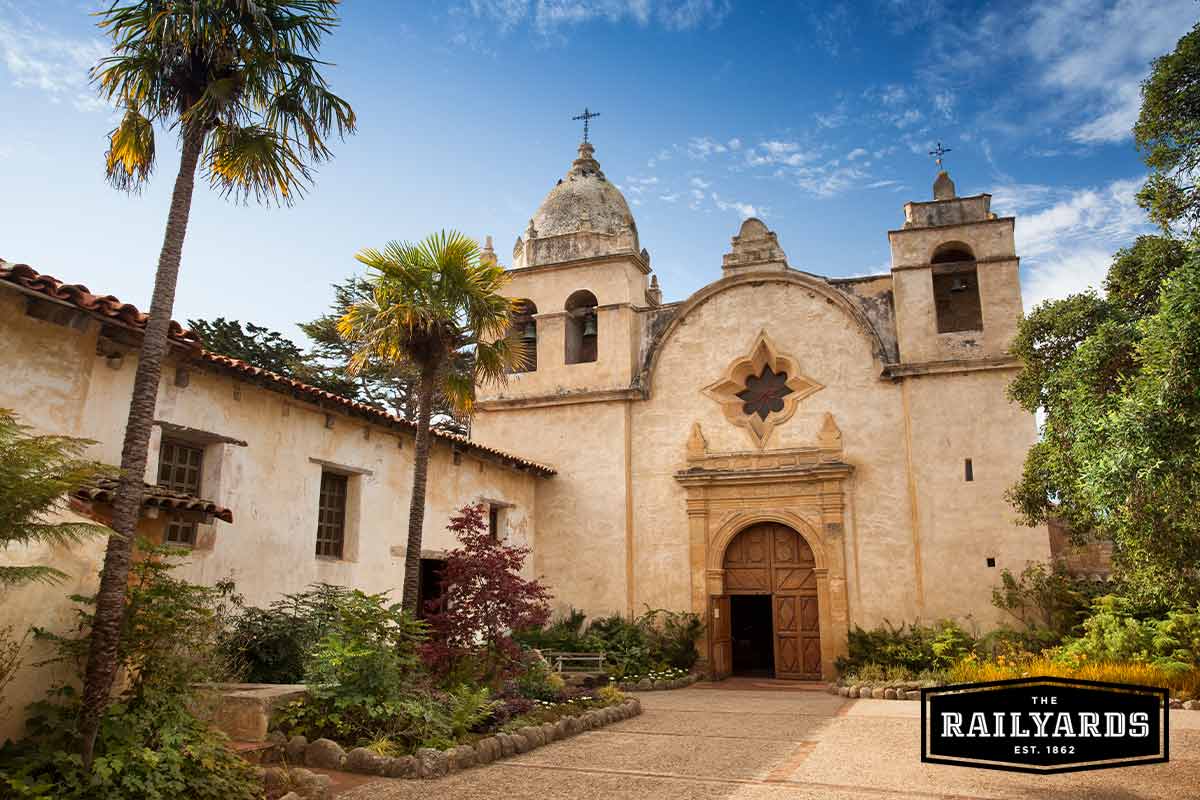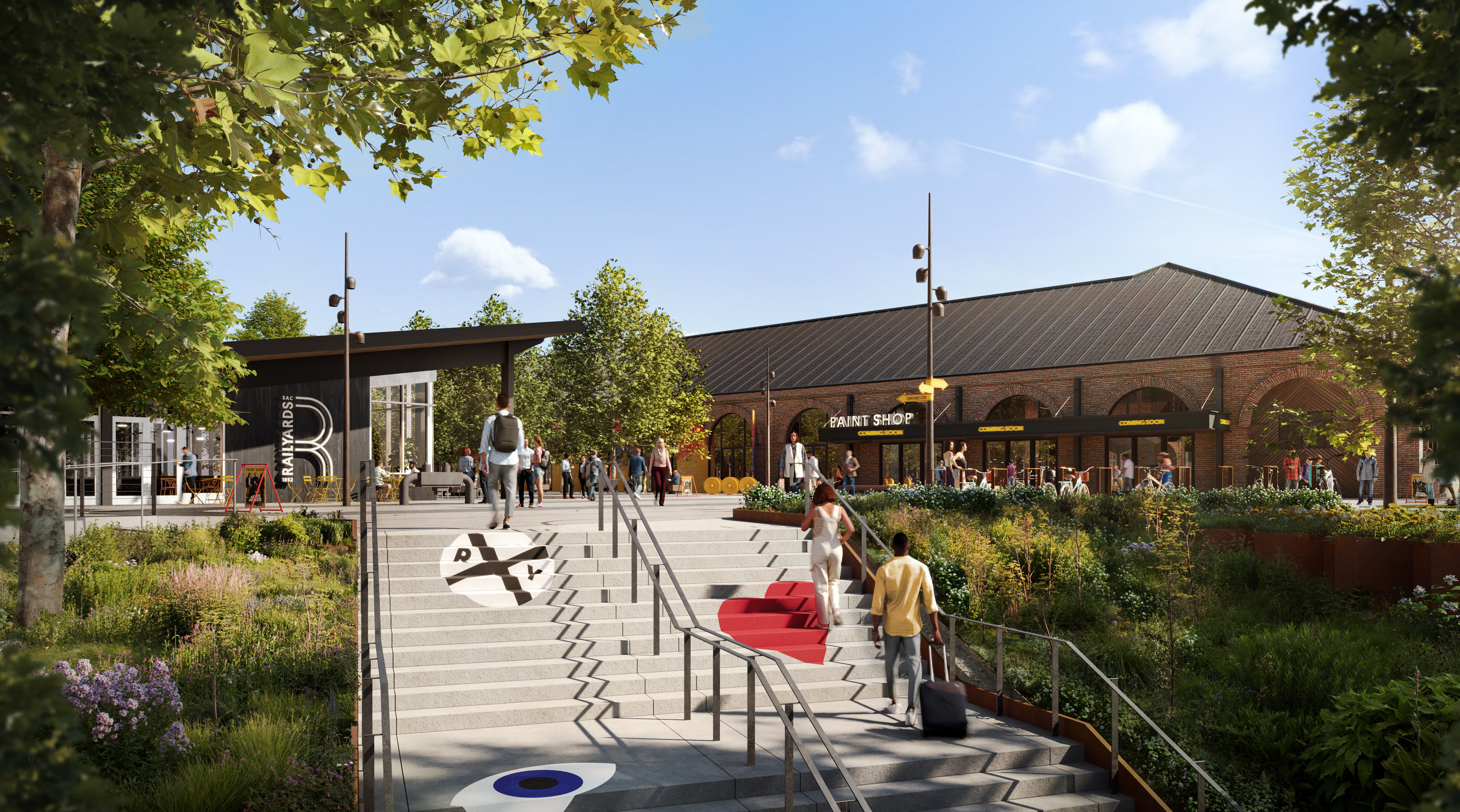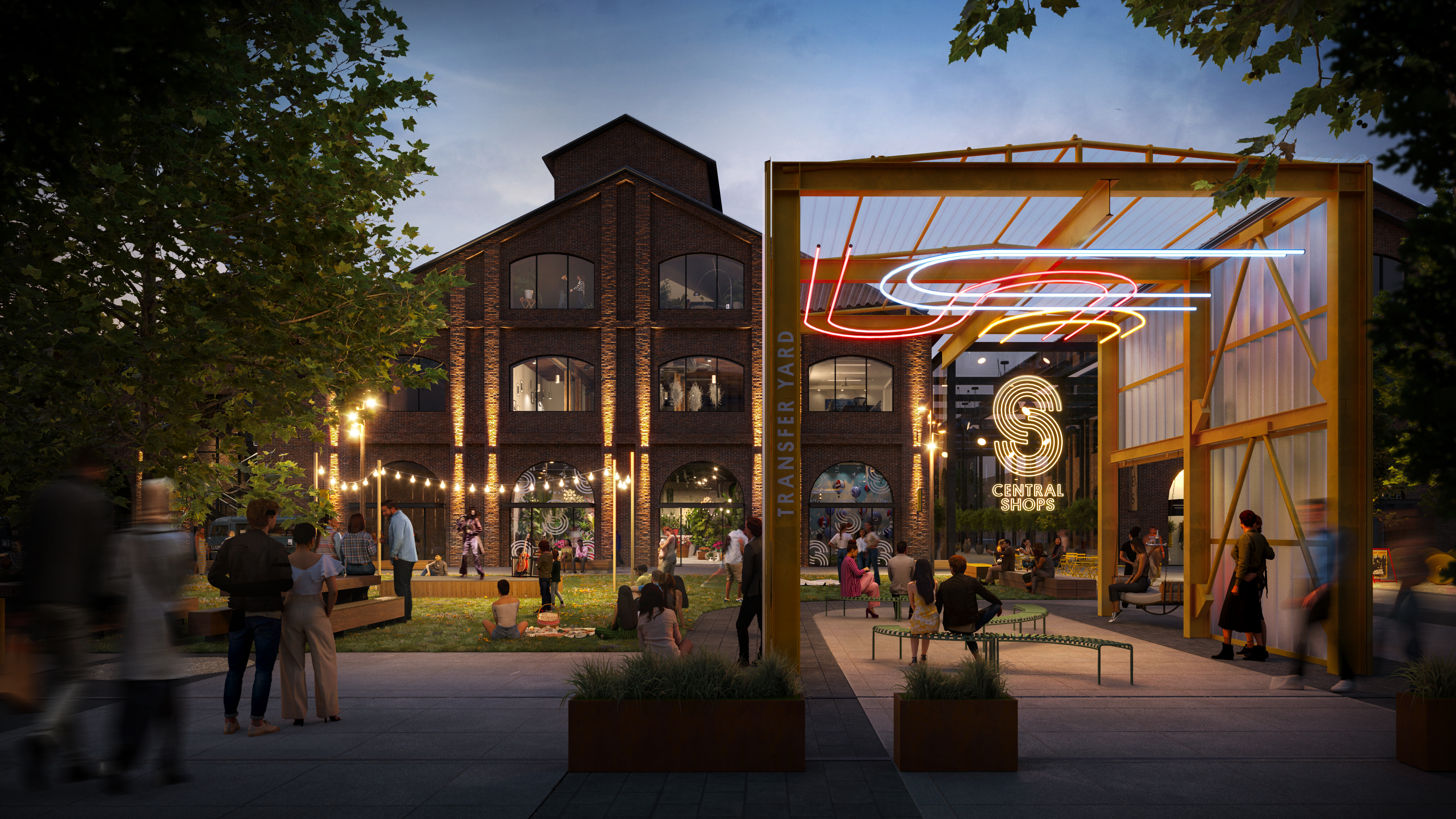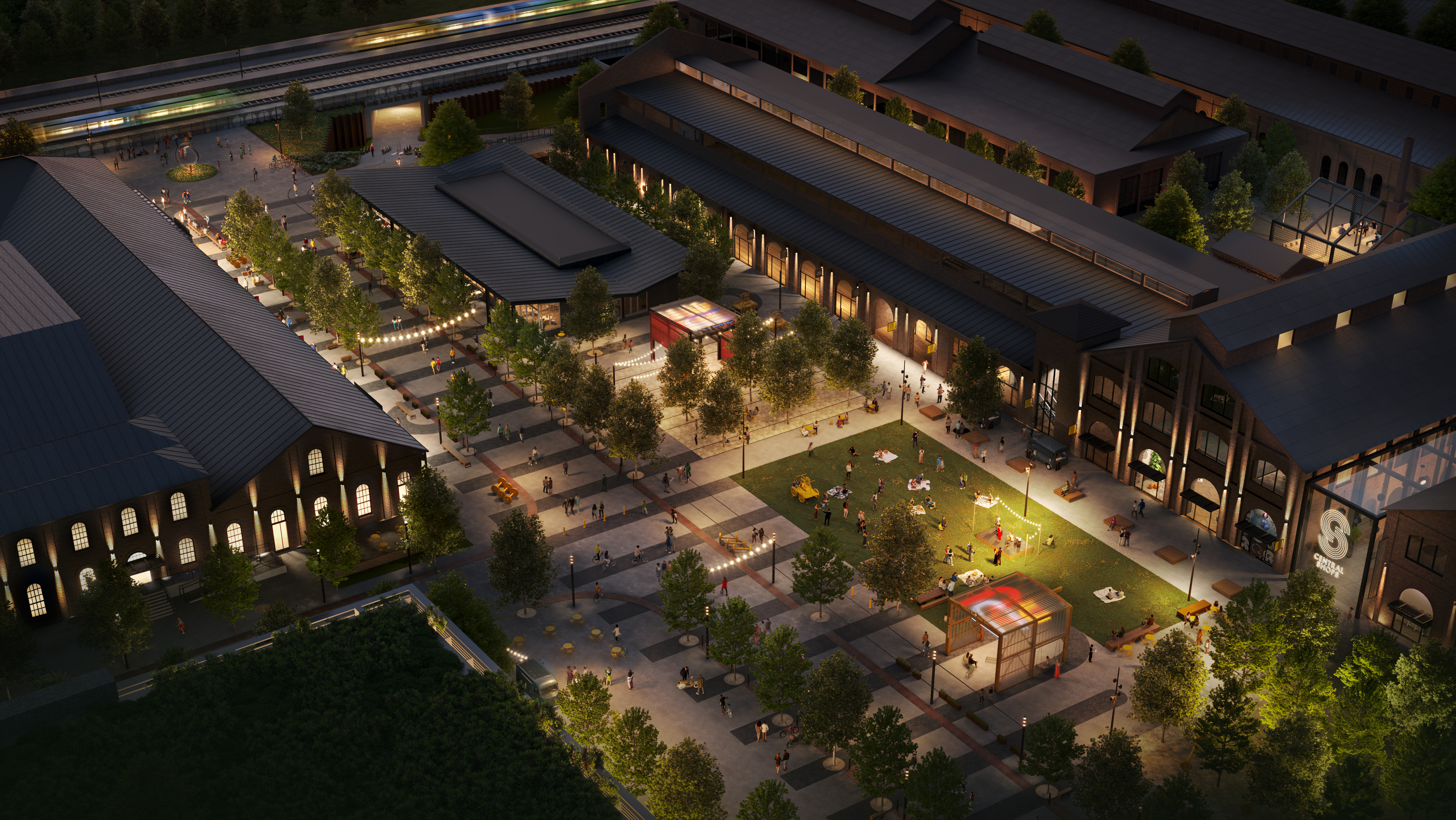
February 20, 2024 / Author: the Railyards
Discover a California History Timeline presented by the Sacramento Railyards.
California is home to over 39 million people, making it the nation’s most populous state. With so many people living, working, and playing in the Golden State, it can be hard to imagine its beginnings.
Once, California was occupied only by indigenous people skillfully utilizing and living in harmony with the area’s natural resources.
Explore a timeline from the earliest days of California and discover the events that shaped our state.
A California History Timeline: Early California
Native American tribes populated the area now known as California for an estimated 13,000 - 15,000 years before the 1500s.
Over 100 tribes and bands populated the area, including the Karok, Maidu, Cahuilleno, Mojave, Yokuts, Pomo, Paiute, and Modoc tribes. California’s rugged mountain ranges and deserts made it difficult for indigenous groups to travel great distances, and tribes were isolated from each other, living in family groups or clans.
Ample food supply, temperate climate, and absence of wars contributed to a large, healthy population estimated at around 300,000 when Europeans first came to California—13% of the total population of indigenous peoples in North America.
European Explorers Arrive at the “Island” of California
European explorers from England and Spain began exploring the Pacific Coast of California in the mid-16th century.
For centuries, European myth held that California was an island; the area was named after a 1500 Spanish novel called The Adventures of Esplandian, which was about an island kingdom of Amazonian-like warrior women ruled by Queen Calafia.
When Spanish conquistador Hernan Cortes led an expedition that first landed at the southern tip of Baja, California, in 1533, he and his men named the new land “California” as a nod to the novel. They reported to Spain that the new land was an island, not knowing the Baja area was a peninsula.
For over two hundred years, mapmakers continued to draw California as an island, some even showing the “island” stretching all the way up past Oregon.
The island myth was finally ended after Jesuit missionaries followed the Colorado River down to its delta and confirmed its connection to the mainland. In 1747, the King of Spain issued an official proclamation that the island of California was no more.
Spanish Rule Dramatically Alters Life for Native Californians
For five decades stretching from 1769 to 1821, the Spanish Crown asserted sovereignty over California, or Alta California, as it was known at the time. The Spanish frontier stretched across the continent from California to Florida.
The Spanish rule forever changed the lives of the 300,000 indigenous peoples once living in California.
The purpose of the Spanish colonization was to convert native people into loyal Spanish citizens using missionization. In 1769, Spain’s Captain Gaspar Portola and Father Junipero Serra founded Mission San Diego, the first of 21 missions that would stretch all the way to Sonoma.
Padres chose mission sites that were close to existing Native American communities. When Spanish diseases and rapid environmental degradation caused by Spanish invasive species dramatically altered the natives' environment and food sources, the missions presented themselves as an alternative to starvation and disease.
Mission life was difficult, and once California natives entered the communities, they were expected to labor hard and embrace the Spanish culture.
The missions were built by the California natives who lived, worked, and often died within their walls until the mission era ended during the Mexican Period of California.
Mexico Gains Control of California and Ushers in a Cattle Economy
The Mexican War of Independence was waged from 1810 to 1821. This armed conflict was led by Mexican-born Spaniards, Mestizos, Zambos, and Amerindians, who sought independence from Spain.
What started as a peasants' rebellion against their colonial masters became an unlikely alliance between “liberales” (liberals) and “conservadores” (conservatives), revolting against oppression and conquistador privilege.
When Mexico achieved independence in 1821, control of the region passed to Mexico. Now, Californians were allowed to hold land once they had been naturalized and converted to Catholicism.
Under Mexican rule, governors were encouraged to make more land grants for individual ranchos and remove the natives and mission properties from the control of Franciscan missionaries. However, most mission land was granted to white Californians or recently-arrived, well-connected immigrants from Mexico, not to the natives who helped build them.
A new culture and a new economy took root in California. This was the legendary time of the ranchero, where cattle-raising and making beef and hides became central to economic life. The Californios (Mexican citizens living in California) developed a unique culture that blended Spanish, Mexican, and indigenous influences; their social, political, and economic practices significantly influenced California’s development.
During Mexican control of California, sea commerce and Anglo-American settlers' migration increased. Trappers, traders, and explorers made perilous journeys to settle in California, including the infamous Donner Party of 1846.
This aroused the territorial ambitions of the United States, which supported a small contingent of Californians revolting against the Mexican government in 1846.
On June 10, 1846, Americans near Sonoma took up arms and declared an independent California Republic, bearing a homemade flag with a single star and painted image of a grizzly bear. The uprising was known as the Bear Flag Revolt.
That same year, Mexico and America were officially at war. U.S. President James K. Polk had his sights on Texas, California, New Mexico, and the rest of what is now known as the U.S. Southwest territory.
When his offer to purchase that land was rejected, Polk provoked a fight.
Two years later, in 1848, the Mexican-American War was over. Mexico had lost about one-third of its territory, including California, Utah, Nevada, Arizona, and New Mexico.
California Becomes the 31st State
Mexico’s loss of California became the United States' gain, especially when gold was discovered in Sutter’s Mill a mere nine days after the territory was ceded to the U.S. in the 1848 Treaty of Guadalupe Hidalgo.
There was one specific event that helped California become the 31st U.S. state:
The Gold Rush.
California’s Gold Rush was officially on, and fortune seekers began flooding the area, chasing dreams of riches and fist-sized gold nuggets.
While the Gold Rush brought many new inhabitants to California, it was devastating to the Indigenous people. Members of the Miwok, Maidu, and Nissenan tribes helped James Marshall at Sutter’s Mill. But, when the influx of miners settled into the area, they brought diseases and violence that decimated the Indigenous populations throughout California and Oregon.
It’s estimated that 100,000 Indigenous people lived in California before the discovery of gold, but the native population declined to a mere 30,000 after the Gold Rush.
California only needed 60,000 inhabitants to achieve statehood and the onslaught of gold-seeking people who migrated into the area provided more than the necessary number of settlers.
Before the Gold Rush, emigration to California had been so slow it would’ve taken decades to reach that population size. Most of the newly acquired regions in the U.S. went through long periods as territories before gaining the needed inhabitants to become states.
In light of the rapid growth and population boom, Congress allowed California to jump straight into full statehood without ever passing through the formal territorial stage.
In 1850, California officially became the 31st state—in record-breaking time.
What Came Next for California?
California’s time as a U.S. state had just begun, fueled by a Gold Rush and soon to be ignited by a nationwide railroad fervor.
Follow along for the next chapter in California’s history in A California History, Part 2: A Gold Rush to Prosperity.











